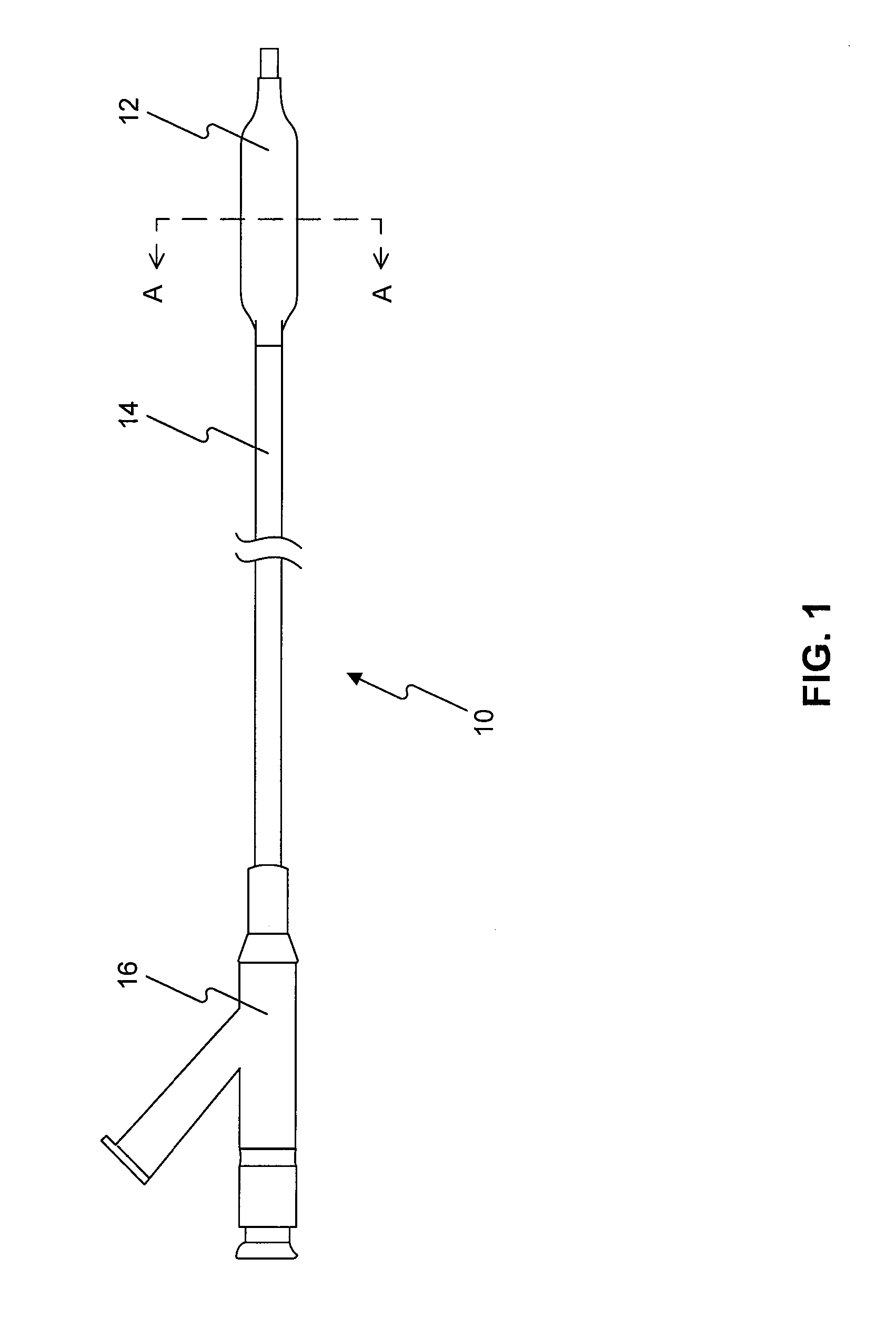Drug releasing coatings for medical devices
a technology of medical devices and coatings, applied in the field of coating medical devices, can solve the problems of affecting the effect of treatment, so as to avoid the dependence on lipolysis and other disadvantages, facilitate rapid drug elution, and improve the effect of drug infiltration into the tissues
- Summary
- Abstract
- Description
- Claims
- Application Information
AI Technical Summary
Benefits of technology
Problems solved by technology
Method used
Image
Examples
example 1
Preparation of Coating Solutions
[0227]Solution 1—50-150 mg (0.06-0.18 mmole) paclitaxel, 2-6 ml acetone (or ethanol), 25-100 mg ascorbyl palmitate, 25-100 mg L-ascorbic acid and 0.5 ml ethanol are mixed.[0228]Solution 2—50-150 mg (0.05-0.16 mmole) rapamycin, 2-6 ml acetone (or ethanol), 50-200 mg polyglyceryl-10 oleate and 0.5 ml ethanol are mixed.[0229]Solution 3—50-150 mg (0.06-0.18 mmole) paclitaxel, 2-6 ml acetone (or ethanol), 50-200 mg octoxynol-9 and 0.5 ml ethanol are mixed.[0230]Solution 4—50-150 mg (0.05-0.16 mmole) rapamycin, 2-6 ml acetone (or ethanol), 50-200 mg p-isononylphenoxypolyglycidol and 0.5 ml ethanol are mixed.[0231]Solution 5—50-150 mg (0.06-0.18 mmole) paclitaxel, 2-6 ml acetone (or ethanol), 50-200 mg Tyloxapol and 0.5 ml ethanol are mixed.[0232]Solution 6—50-150 mg (0.05-0.16 mmole) rapamycin in 2-6 ml acetone (or ethanol), 50-150 mg L-ascorbic acid in 1 ml water or ethanol, both, then are mixed.[0233]Solution 7—50-150 mg (0.06-0.18 mmole) paclitaxel, 2-6 ...
example 2
[0244]5 PTCA balloon catheters (3 mm in diameter and 20 mm in length) are folded with three wings under vacuum. The folded balloon under vacuum is sprayed or dipped in a solution (1-17) in example 1. The folded balloon is then dried, sprayed or dipped again, dried again, and sprayed or dipped again until sufficient amount of drug on the balloon (3 microgram per square mm) is obtained. The coated folded balloon is then rewrapped and sterilized for animal testing.
example 3
[0245]5 PTCA balloon catheters (3 mm in diameter and 20 mm in length) are folded with three wings under vacuum. The folded balloon under vacuum is sprayed or dipped in a solution (1-5) in example 1. The folded balloon is then dried, sprayed or dipped again in a solution (6-10), dried, and sprayed or dipped again until sufficient amount of drug on the balloon (3 microgram per square mm) is obtained. The coated folded balloon is then rewrapped and sterilized for animal testing.
PUM
| Property | Measurement | Unit |
|---|---|---|
| ethanol solubility | aaaaa | aaaaa |
| total thickness | aaaaa | aaaaa |
| particle size distribution | aaaaa | aaaaa |
Abstract
Description
Claims
Application Information
 Login to View More
Login to View More - R&D
- Intellectual Property
- Life Sciences
- Materials
- Tech Scout
- Unparalleled Data Quality
- Higher Quality Content
- 60% Fewer Hallucinations
Browse by: Latest US Patents, China's latest patents, Technical Efficacy Thesaurus, Application Domain, Technology Topic, Popular Technical Reports.
© 2025 PatSnap. All rights reserved.Legal|Privacy policy|Modern Slavery Act Transparency Statement|Sitemap|About US| Contact US: help@patsnap.com


